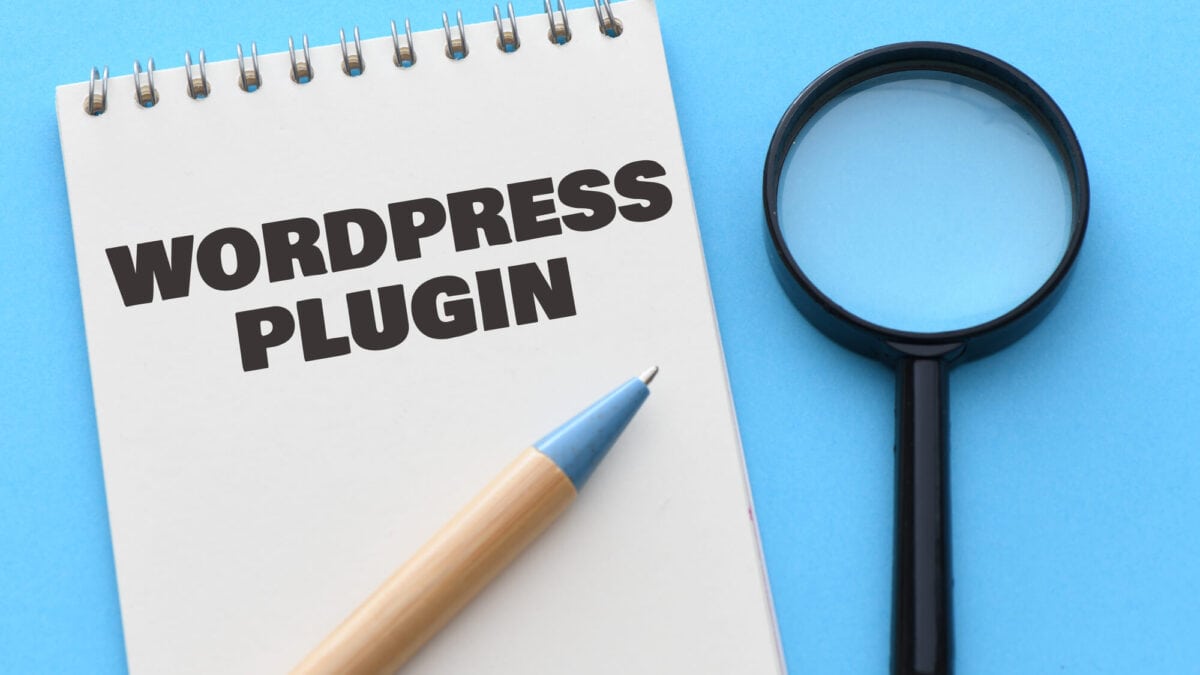Are you a WordPress enthusiast looking to strike the perfect balance between functionality and performance? When it comes to increasing your website’s capabilities, WordPress plugins can be a game changer, but how many are too many? It can be difficult to find the sweet spot where your site thrives with the proper number of plugins. But don’t worry; we’re here to help you through the process.
In this article, we’ll look at how to maximize WordPress plugin count for peak site speed. We’ll investigate the delicate dance between functionality and speed, revealing techniques to keep your website running smoothly while still providing the features and tools you require. So, if you’re ready to learn the secrets of plugin optimization and build a high-performing website that will wow your visitors, let’s get started!
Table of Contents
1. Understanding WordPress Plugins
Before diving into the complexities of plugin count, let’s first define WordPress plugins and their purpose. Plugins are software components that enhance your WordPress website’s features and functioning. They enable you to expand your site’s functionality without the requirement for specialized development. With thousands of plugins available, you can tailor your website to your specific requirements.
2. Impact of Plugins on Site Performance
While plugins provide useful features, they can also have an impact on site performance if not properly handled. One of the key considerations is the speed with which your website loads. Each plugin adds code and more server queries, which can cause your pages to take longer to load. Furthermore, plugins might waste key server resources such as CPU and memory, negatively impacting your site’s overall speed.
3. Evaluating Plugin Performance
To make an informed decision about how many plugins to use, you must first assess their performance impact. Page load time, server response time, and overall resource consumption are all important performance indicators to consider. You may detect which plugins are generating performance bottlenecks and optimize accordingly by testing and benchmarking them. It’s also critical to assess the quality and reputation of plugins to ensure they’re well-coded and consistently updated.
4. Determining the Optimal Plugin Count
The ideal number of plugins for optimum site speed is subjective and depends on a variety of factors. It is critical to find a happy medium between functionality and performance. Consider your website’s individual requirements and prioritize vital functionality. Consider whether each plugin is required and whether there are alternative alternatives that can achieve the same results with fewer plugins. The appropriate plugin count can be determined by carefully examining the needs of your site.
5. Best Practices for Efficient Plugin Management
Adopting best practices for plugin administration is critical for maintaining a high-performing website. Regular plugin audits and upgrades are essential for ensuring compatibility with the most recent WordPress version and security patches. Remove any unneeded or obsolete plugins that are no longer required. Prioritize lightweight, well-coded plugins with little influence on performance.
6. Performance Optimization Techniques
Other optimization approaches, in addition to limiting your plugin count, can be used to optimize site performance. Caching technologies can be used to reduce the number of server queries and speed up page load times. Image and media file optimization by compressing them without sacrificing quality can also have a big influence. Minifying scripts and merging stylesheets can help reduce total file size and enhance site speed.
7. Ensuring Plugin Compatibility and Security
Keeping plugin compatibility and security up to date is critical for a high-performing website. Check for plugin incompatibilities on a regular basis to ensure they perform well together. Check reviews and ratings to confirm the credibility and support of plugin creators. Keep all plugins up to date to take advantage of security patches and fixes, lowering the risk of vulnerabilities that could jeopardize the security of your website.
8. Monitoring and Continuous Improvement
After you’ve implemented the advised tactics and adjusted your plugin count, it’s critical to regularly evaluate the performance of your website. Check performance indicators on a regular basis and conduct periodic audits to discover any growing issues. Keep up with new plugin releases and technological breakthroughs to stay informed and change your plugin management techniques accordingly.
Conclusion
Finding the ideal number of WordPress plugins for optimal site performance is a delicate combination of functionality and optimization. You may construct a well-performing website that fulfills the demands of your users by understanding the influence of plugins on performance, analyzing their performance, and following best practices for efficient maintenance. Remember to prioritize key features, audit and update plugins on a regular basis, and use optimization strategies to improve site performance. You can do it if you take the appropriate approach.
Pooja Mitra
Related posts
About the Author

An Electronics & Communication Engineer by education and a Blogger by passion, Pooja is the owner of and blog consultant at 'The Blogipedia'. She is a spiritual soul, travel enthusiast and a health fanatic who shares her journey through another blog she owns 'From Size Zero to Wise Hero'. A certified Digital Marketing student who has learnt the complexity of blogging from scratch and intends to share the same with you.
Learn more
